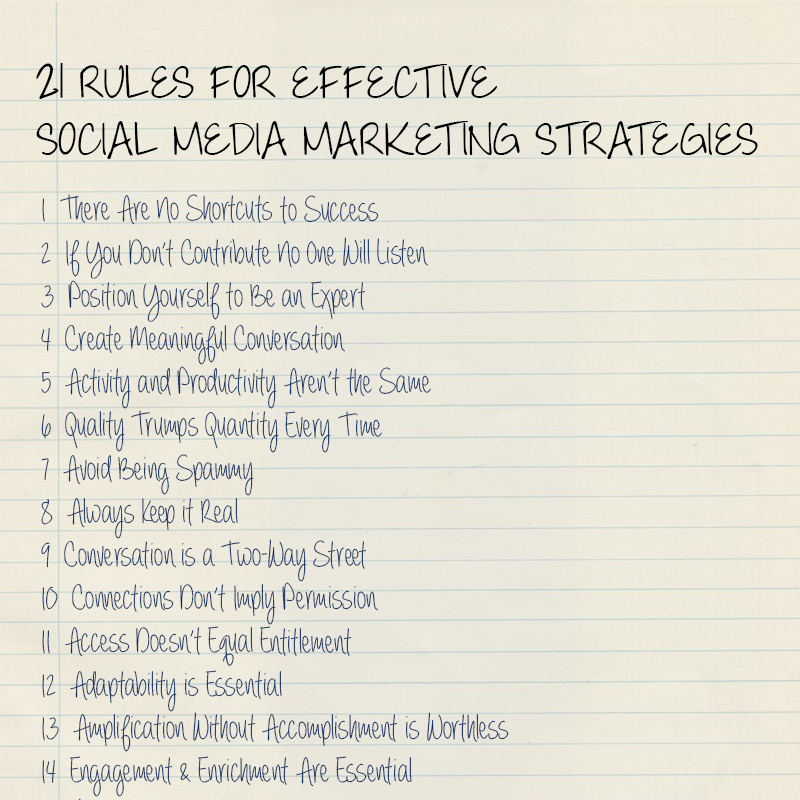
Measuring social media has many challenges. These can range in difficulty and time-consuming. This article will show you how to build a social media business case, align goals with targets, manage lost productivity, and identify targets. Here are some tips that can help your business succeed, whether you're new or a seasoned professional. These are the most common problems when measuring social media.
Making a business case in favor of social media
It is difficult to convince leaders to spend money on a business's social media strategy. It is becoming a crucial marketing channel. However, it can be difficult to convince executives to approve a social media strategy. A Forrester report offers helpful tips for making a business case to social media. This report will show you how to convince executives to invest in social networking.
Identifying the targets
There are many benefits to identifying targets in social media campaigns. Social media, unlike traditional advertising, allows you to build brand loyalty and not require a purchase. Social media content, such as videos or blog posts, can help you turn non-customers into brand advocates. This will not only increase brand recognition but also generate leads and possible customers. So, how do you make this type of content more effective? Find out the best practices.

Aligning goals
The biggest obstacle to success in social media is setting goals. It's crucial that your social media goals align with your company goals or KPIs. These are the metrics that measure the success of your social media campaigns. KPIs can be created for various aspects of your social media campaigns, such as leads and web traffic, and compared to your business goals. By following these steps, you'll have clearer goals and an easier time achieving them.
Managing lost productivity
It is difficult to ignore the effects of social media on employee productivity. Carson Tate, Work Simply author and workplace productivity specialist, found that each hour an employee spends using social media can cost a company approximately 25 minutes. Not only is it a source for stress, but it can also have a negative impact on employee attitude. So, how can you manage lost productivity in social media? These are just three ideas.
Tracking results
One of the biggest challenges in managing social media is tracking results. Even though you can't always resolve problems such as organic content issues or inability split test, there's still a lot to learn from data. It's difficult to track the success of social media marketing campaigns. However, it's possible for you to make the most from your efforts to establish relationships with potential customers. In this article, you'll learn how to measure social media success with a simple dashboard.

FAQ
What are the differences between content strategies?
Content strategy is a general term that describes all aspects of how content is created, managed, distributed, measured, and optimized for digital channels. It's not just what you publish on social media sites such as Facebook and Twitter but also what you choose to highlight on your website, blog, and other online properties.
Content strategy is important because it defines how you decide where you focus your time and effort, which content types you should use, and what type of messages you send to your audiences.
It is about understanding how content fits within the overall business goals to help you achieve them.
How does content-marketing work?
Content marketing is successful because it produces valuable, engaging content which provides value.
Your audience will be more likely to trust you if you offer useful information, solve their problems, entertain them, or build relationships. Positive messages from brands that they trust and know are appreciated by people.
They enjoy reading interesting things. Write something interesting and your readers will come back for more.
Your content must inspire people to take action. This could be buying your product, signing-up for your newsletter or visiting your website.
Content marketing should be engaging and informative.
How can I improve my content-marketing strategy?
By focusing on content and distribution, you can improve your content-marketing strategy. Understanding your ideal customer is the first step to improving your content marketing strategy. Next, understand where your customers hang out online. Once you have this information, it is possible to tailor your content so that they are interested in what you are offering. You must also develop a distinctive voice and style that sets you apart from your competitors. Third, you will need to know how to properly distribute your content.
Statistics
- Forty-seven percent of buyers view 3 to 5 pieces of content before engaging with a sales representative. (mailchimp.com)
- According to the Content Marketing Institute, 70% of B2B marketers and 86% of B2C marketers surveyed use content marketing in some form or other. (criteo.com)
- An example of an overarching goal could be: "In 2022, we want to achieve a 20% increase in revenue created by organic content and generate 15,000 MQLs with a budget of $30,000." (semrush.com)
- Companies that use content marketing see approximately 30% higher growth rates than businesses not using it. (mailchimp.com)
- Out of the 1,500 marketers we surveyed for our State of Content Marketing report, 78% who felt their content marketing strategy was exceptionally effective in 2021 had documented their strategy. (semrush.com)
- This marketing strategy landed Ford a 15.4% conversion rate. (neilpatel.com)
- In fact, would pay more for a better customer experience, and 86% of B2B buyers would pay more. (neilpatel.com)
- According to our research, 65% of companies with very successful content marketing in 2021 ran content audits at least twice a year. (semrush.com)
External Links
How To
What Is A Content Marketing Plan?
A content market plan (CMP), a strategic document, helps you identify your goals, objectives, strategies, and methods for building and executing your online presence. It serves as a guide for content creation and distribution.
The CMP is often broken down into three main areas.
-
Your overall strategy. What are your goals?
-
Your content strategy: Where do you find the right people to create, curate, or distribute your content?
-
How you will execute your strategy. Which channels are you going to use to share your content. What type of content will your produce?
These four components make up an effective CMP:
-
Goal Setting – Define and measure your target audience.
-
Audience Research: Understand your ideal customers to know where you should look.
-
Strategy - Develop a clear vision of where you're going. Break it down into smaller pieces.
-
Execution is key - Have realistic expectations about the time you can expect to see tangible results.